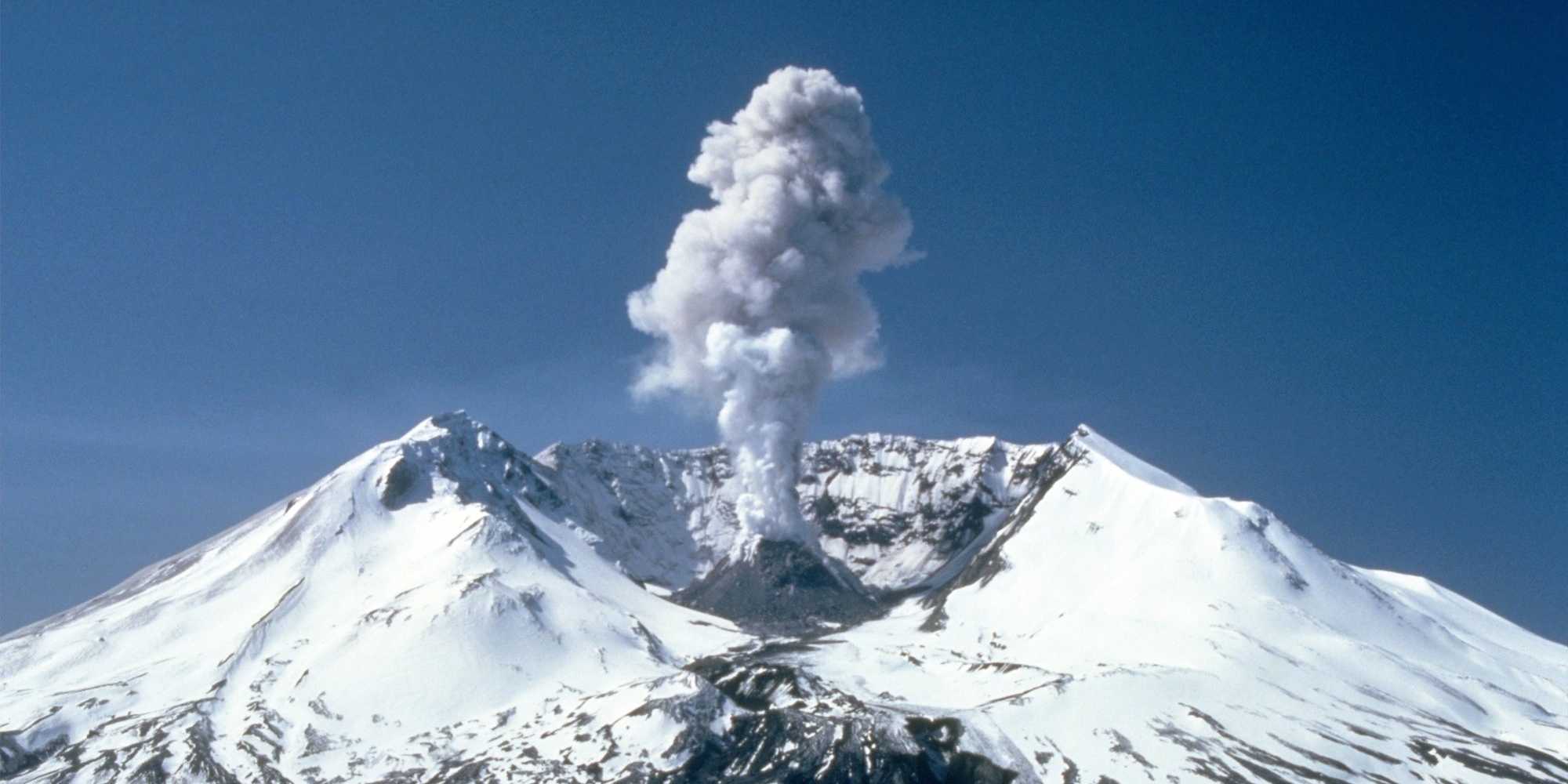
Volcanoes are proof that our planet is alive yet. Smoke, magma, lava, gases and volcanic ash emerge from these holes in the earth's crust, all from the heart of the Earth. There are extinct volcanoes, there are dormant volcanoes, and there are active volcanoes. Human beings have become accustomed to volcanoes but they have known how to cause a lot of destruction.
If you consider how harmful they are, you don't understand how there can be people who live near a volcano, but that's the way it is. There are entire cities built at the foot of volcanoes that are still active. If they have caused disasters in towns of hundreds of inhabitants only, what could they cause in a modern city? In North America there are many volcanoes: in Canada there are 21 and in the United States there are 169, 55 of which are under close observation, while in Mexico there are 42.
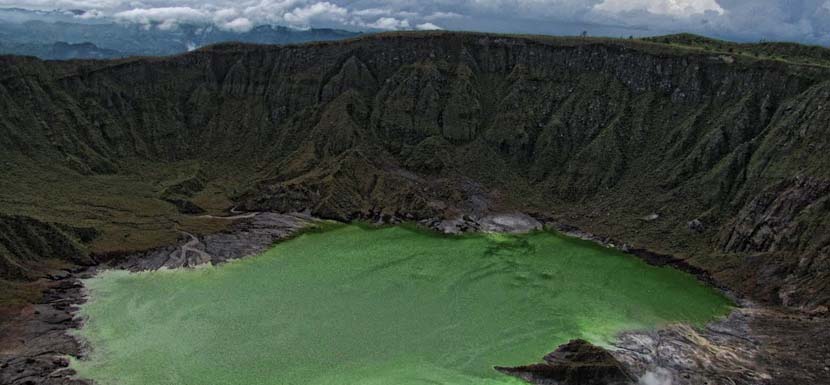
The truth is that there are many volcanoes in North America and many are active although they have not erupted for at least a century and a half. That's why you don't hear much about North American volcanoes. Consider that in the 1915th century only two erupted: Lassen in 1980 and St. Helens in XNUMX. It is worth saying that most of the volcanoes in this part of America are on the west coast, on the agitated Pacific plate in the point where it goes under the continental tectonic plate.
Volcanoes in the United States
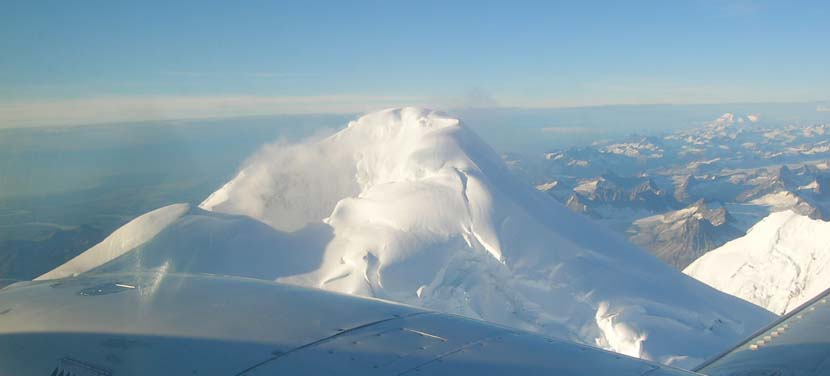
Of the 169 active volcanoes that the United States has, there are 55 that are observed and 18 are considered "of caution" either because they can erupt, cause earthquakes or affect the lives of many people around them. Alaska has many volcanoes too, and most of them are in the Aleutian Islands. One of them, Mount Akutan, spewed lava and ash for three months in 1992. Closer in time, in 2005, there were earthquakes at the Augustine volcano and explosions nine kilometers high. Another of Alaska's churning volcanoes is Makushin, on the same islands: it erupted 34 times in 250 years, the last in 1995.
Continuing with Alaska is Mount Redoubt, which was active in 2009 and forced the Anchorage airport to close for 20 hours. The largest volcano in the Aleutian Islands is Mount Spurr, which covered Anchorage in ashes in 1992 although for now it is quiet. The Lassen Peak volcano erupted with great fanfare in 1915 and the ash washed as far as Nevada. Far from Alaska, there are more volcanoes in California: the Long Valley Caldera has been playing since the '90s so at any moment you either fall asleep or wake up. Another Californian volcano is Mount Shasta, but since the late XNUMXth century it has been good.
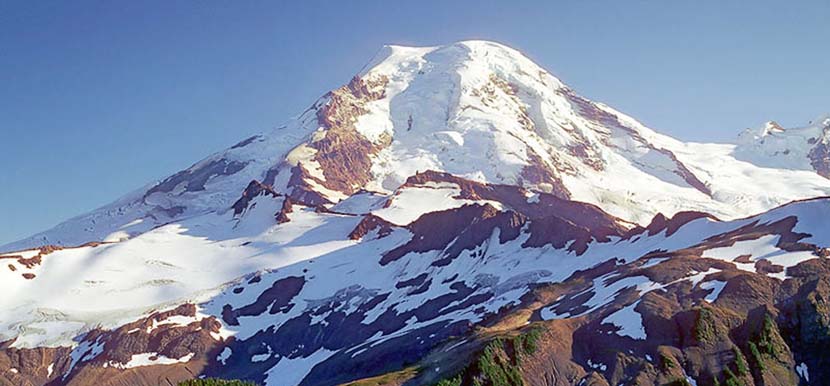
In Oregon there are other volcanoes that are half asleep and some of them have formed a chain called precisely the Devil's Chain. In the state of Washington there are also volcanoes: there is Mount Baker, very guarded since it was seen magna in 1975. Another nearby volcano is Glacier Peak, Mount Rainier and the most popular and one of the most famous volcanoes in the world, Santa Helena. This volcano erupted in 1980 and killed 57 people.
Finally, it is impossible to talk about North American volcanoes and American volcanoes in particular without naming the Hawaii volcanoes. The Kilauea volcano has been in permanent eruption for thirty years and is a full-time hazard. Mauna Loa is the largest active vocan in the world, erupted in 1984 and is now experiencing dangerous activity.
Volcanoes in Canada
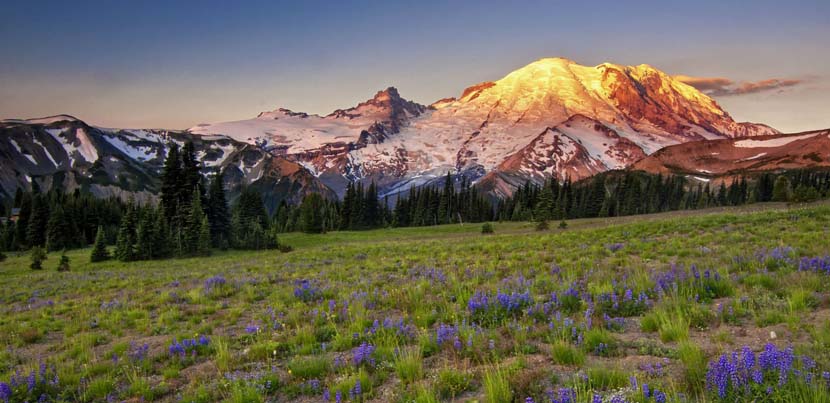
Canada has volcanoes in much of its territory: in Alberta, British Columbia, the Labrador Peninsula, the Northwest Territories, Ontario, Nunavut, Quebec, Yukon and Saskaychewan. They number around 21 and among them we can name Fort Selkirk, Atlin, Tuya, Heart Peaks, Edziza, Hoodoo Mountain and Nazko, for example.
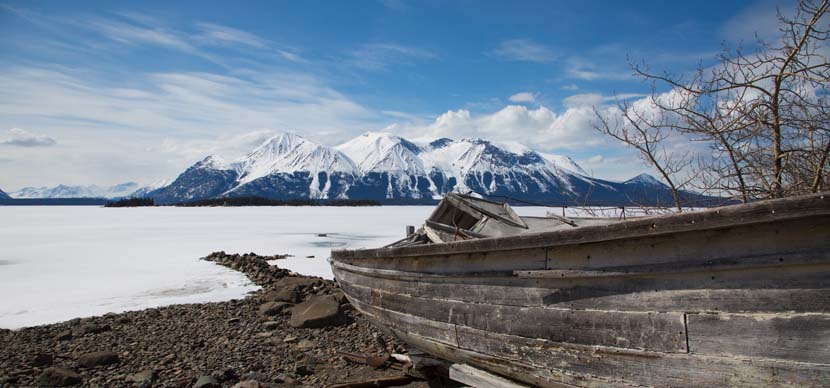
Fort Selkirk is a very new volcanic field in central Yukon. It is a large valley that was formed at the intersection of two faults. The constant eruptions have formed five cones. Atlin is another young volcano but in British Columbia. Today the highest cone is 1800 meters high. Tuya is in the Cassiar Mountains, north of the same territory, and dates from the Ice Age. Heart Peaks the third largest volcano in this Canadian province popular for its volcanoes, and although it has not erupted since the last ice age it is impressive.
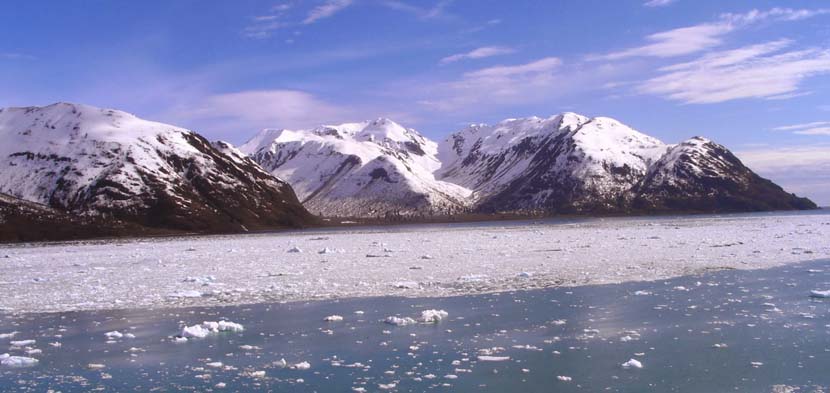
Edziza is a huge stratovolcano that has been forming for a million years. It has an ice field 2 kilometers wide and the tracks of its movements dot the place. Hoodoo Mountain is north of the Iskut River, in the same province. It was formed in the Ice Age and it has a cap of ice between three and four kilometers thick, above, at an altitude of 1750 meters. Thus, it forms two glaciers. And finally, Nazko: it is a small volcano, with a cone of three fumaroles, also in British Columbia, in the central part of the province and about 75 kilometers from Quesnel. According to scientists, it has not erupted for 5220 years.
These are not the only volcanoes in Canada, but it is worth the sample to know that there are many and that most of the Canadian volcanoes are in British Columbia.
Volcanoes in Mexico
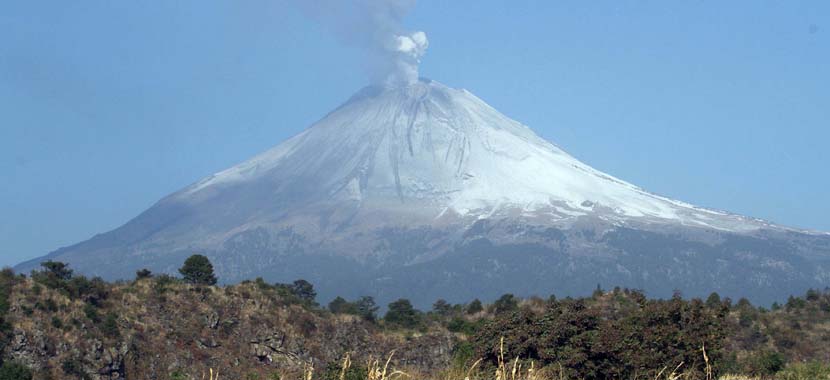
The volcanoes in Mexico are concentrated in Baja California, the northwest of the country, the islands, the west, the center and the south. There are a total of 42 volcanoes in Mexico and almost all of them are located in the so-called Pacific Ring of Fire. The most active volcanoes are Colima, El Chichón and Popicatepetl. When El Chichón, in Chiapas, erupted in 1982, for example, it cooled the world's climate the following year and is considered the most important volcanic disaster in modern Mexican history.
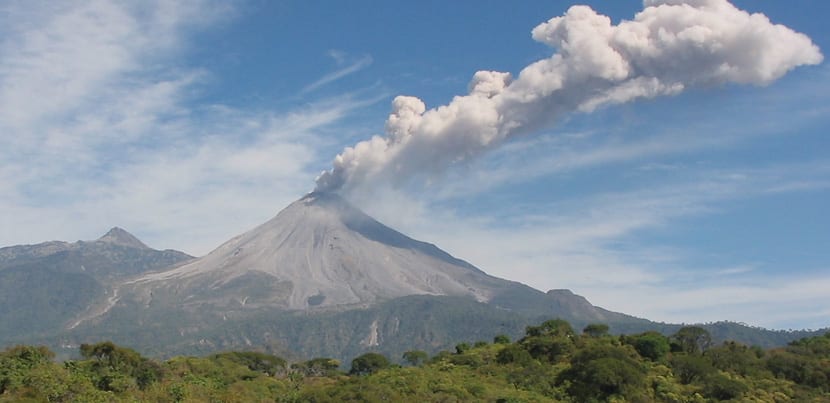
The volcano Colima or Volcán de Fuego is part of a volcanic complex composed of that volcano, Nevado de Colima and another very eroded called El Cántaro, extinct. The youngest of the three is considered the most active volcano in Mexico and all of North America, since since the end of the 24th century it has erupted some forty times. That is why the area is monitored XNUMX hours a day.
As we see, North America has many volcanoes and although they are not news every day for something, the scientists of each of these three countries have many under surveillance. A volcanic eruption is wonderful, it is the living planet in all its expression, but today, with so many people living in the world, an eruption of great magnitude can cause many problems and damage.
too much salami served me naaa mentrira it did not serve me sick, you have to die sick
This is useful because you complain, lazy, do your homework, damn it!, and if you don't like it, look for other pages, don't criticize, it does something for you, GOOD JOB !!
a map is necessary for its location, because it is not a study only for US students
yes no that also the students LATIN AMERICA make use